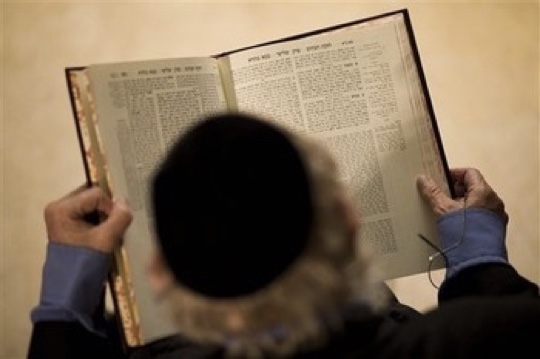Every blessing has its own particular focus.
There is a blessing for bread and a different blessing for vegetables; they are not interchangeable.
There are also blessings for various mitzvot.
All blessings have a certain structure consisting of a fixed core, which addresses the Divine Presence, and then a diverse content defining the object to be blessed.
They all declare the same thing in many ways.
I express gratitude and bless my existence, my condition of the moment, my food, or my performance of a mitzvah, and I adjust the contents of the blessing to suit the circumstance.
The core, “Blessed Art Thou, O Lord,” is the essence of the blessing, its underlying message.
The point of a blessing seems, therefore, to be the declaration of a certain relation to God.
All the rest is detail relating to a specific situation.
The blessings are thus an extension of faith.
Their formulation seeks to direct the path of Divine projection from above to a congruent reality.
The opening words, “Blessed Art Thou O Lord, our God, King of the Universe,” define a vertical line descending from the “Thou” who has no name, who is beyond all titles, to the Lord God who is King of the Universe and integrally immanent in the perceptible world around us.
After this opening come the various particulars.
The blessing thus contains within itself all the elements of relationship with the Divine, expressing the inscrutable difference and closeness between the infinite reality, the transcendent “Thou,” and the immanent King of the Universe.
This relationship between the Divine “Thou” and the King of the Universe is the essence of the tension (and power) that we put into the blessing.
–Rabbi Adin Steinsaltz

